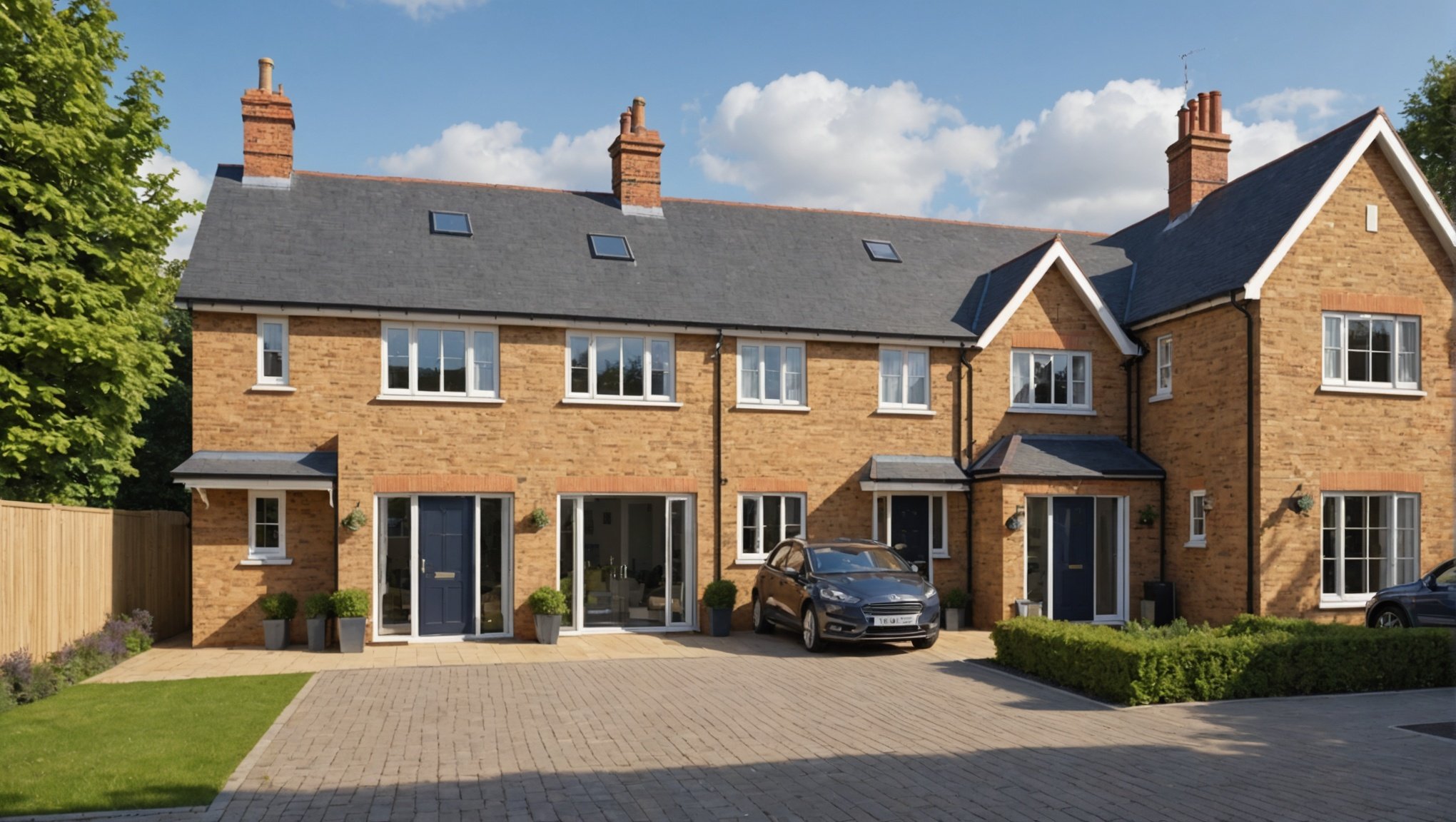Building an extension to your property can be an exciting venture. It can add significant value to your home, provide much-needed space and give your property a whole new look. However, before embarking on this project, it is crucial to understand the planning permission process. This article will guide you through the intricacies of obtaining planning permissions for a building extension in Oxford.
Understanding the Basics of Planning Permission in Oxford
Before delving into the process of obtaining planning permissions, let’s first understand what planning permission is. In simple terms, planning permission is the consent of your local authority on a proposed building project. It is designed to prevent inappropriate development and extension, ensuring that the look and safety standards of buildings and local environments are maintained.
In Oxford, the local council has set specific guidelines and conditions that are important to understand. As well as looking at the impact of the development on the local environment, the planning authority in Oxford will consider factors like how the design fits in with its surroundings, and the effect it could have on neighbouring properties.
Do You Always Need Planning Permission?
Not all building extensions require planning permission. There are a range of building projects that can be done under "permitted development rights" – essentially, permissions that are automatically given by law. These include small alterations and extensions, like loft conversions or single-storey rear extensions.
However, it’s critical to check with the local authority in Oxford before proceeding with your project. If you build an extension without the necessary permissions, you could be required to undo the work and may face legal repercussions.
Applying for Planning Permission
If you find that your proposed extension does require planning permission, the next step will be to apply for it. This will involve filling out an application form and submitting it to your local planning authority. In Oxford, you can apply online through the Oxford City Council’s website.
The application will necessitate detailed plans of the proposed extension, so it’s recommended that you engage a professional architect or surveyor to assist with this. Make sure to include all the necessary information and documentation in your application to avoid delays or rejection.
The cost of a planning application can vary, but in Oxford, a typical application for a house extension will cost around £206. However, this may vary depending on the scale and complexity of your project.
What Happens After You Apply?
After you’ve submitted your application, it goes through a public consultation period, where neighbours and other interested parties can comment on your proposed development. This period usually lasts for 21 days.
The planning authority will then consider your application, taking into account the consultation responses, the impact of the proposed extension on the local environment, and how well the design fits in with its surroundings. This decision process can take up to eight weeks.
If the application is approved, you can proceed with your project. If it’s denied, you have the right to appeal the decision or amend your plans and resubmit the application.
Dealing with Rejections and Appeals
Facing a rejection on your planning application can be disheartening, but it’s not the end of the road. You have the right to appeal the decision, and many appeals are successful. The key is understanding the reasons for the rejection and addressing them in your appeal.
Remember, it’s always better to seek professional advice when dealing with planning permissions. Getting advice early and understanding the local guidelines can save you time, money, and stress.
As you prepare to navigate the planning permissions for your building extension in Oxford, remember that the process is designed to ensure that your project enhances the local surroundings and maintains the character of the area. While it may seem complex, understanding the process and following the guidelines can make the journey much smoother.
Special Considerations for Planning Permission in Oxford
Every local authority, including Oxford, has special considerations that need to be taken into account when applying for planning permission. Oxford is famous for its beautiful and historic buildings, and many areas are part of a conservation area or have listed building status.
If your property is in a conservation area or is a listed building, you will need to provide additional information when applying for planning permission. This could include a detailed heritage statement outlining how your proposed extension will not detrimentally impact the character and appearance of the area or the historic value of the building.
For loft conversions, you might need a bat survey if bats are known to roost in your area, as bats and their roosts are protected by law. Keep in mind that in these cases, a loft conversion might require planning permission, even if it would normally fall under permitted development rights.
Similarly, if your property is within the green belt, there will be stricter rules on the type and size of extensions allowed. Extensions will generally need to be proportionate to the size of the existing house, and not have a harmful impact on the openness of the green belt.
Finally, if your proposed extension will affect a shared wall or boundary with a neighbouring property, you may need to serve a party wall notice under the Party Wall Act. This is a separate process from planning permission, but it’s important to get this sorted early to avoid potential disputes.
Estimating the Cost of Building an Extension in Oxford
Estimating the cost of your proposed house extension can be tricky, especially with the added cost of acquiring planning permission. Many factors will influence the overall extension cost, including the size and complexity of your project, the materials used, and the professional fees involved.
It’s always a good idea to get a few different quotes from local builders and compare them. Make sure you’re comparing like for like – some quotes might not include VAT or the cost of planning applications and building regulations approval.
An average single-storey extension in Oxford can cost anywhere from £1,000 to £2,000 per square metre, while a two-storey extension can cost between £1,500 and £2,500 per square metre. Loft conversions are usually a more cost-effective solution, with costs starting around £500 per square metre.
Remember, while it’s crucial to have a realistic budget in mind, the lowest quote isn’t always the best. It’s important to choose a builder with a good reputation and plenty of experience in similar projects.
Conclusion
Navigating the planning permissions for building an extension in Oxford may initially seem daunting, but by understanding the process, knowing the local guidelines, and seeking expert advice when needed, it becomes manageable. Whether it’s a loft conversion or a larger project, remember that successful planning permission is about showing how your project enhances the local area, complies with development rules and respects the character of your property and its surroundings.
So, invest time in preparing a comprehensive planning application and be ready to address any potential issues raised by the local planning authority. The patience and effort will pay off when you’re finally able to enjoy your dream house extension. Whether adding value for a future sale or creating much needed extra space for your growing family, the journey through planning permissions towards building your extension can ultimately be a rewarding one.
















